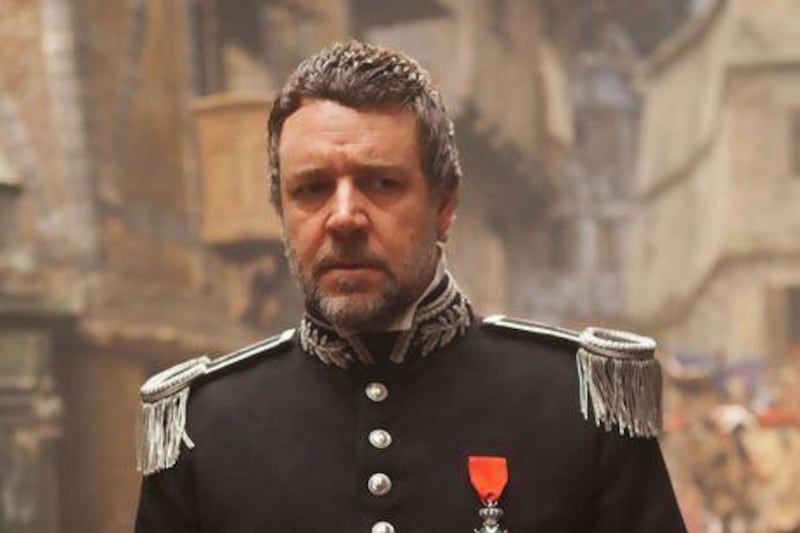Aptly enough for a film set in 19th-century revolutionary France, adapting the classic stage musical Les Misérables for the big screen was like planning a military campaign. Each department was a vast operation. "We know for sure that we dressed 4,500 people," says Paco Delgado, the film's Spanish costume designer. "There was a point when I didn't know the names of some of my team because every day we'd incorporate new members and it took me a week to learn their names."
Equally exacting was the task faced by the production designer Eve Stewart, who previously worked with the director Tom Hooper on his Oscar-winning film The King's Speech.
"The biggest problem we found was conjuring up Paris of the 1830s," she says. She drew from photographs by Charles Marville as well as maps and surveys of the period to piece together what the city looked like 180 years ago.
Shot almost entirely at London's Pinewood Studios, the film required Stewart to recreate everything from the sewers to the harbour, and she and Hooper were keen to ensure maximum realism. "It was real seaweed we shipped down from Scotland, and it was real sand," she says. "The set was slightly too big for the studio, and Tom thought it was quite good that when we had the doors open, it got really chilly. It was very atmospheric, with these poor women in the freezing, slimy sand, with the stinking fish from our market."
While Stewart and Delgado also took inspiration from painters such as Eugène Delacroix, the biggest source was Victor Hugo's 1862 novel. "He made descriptions about everything - what they were eating, what they were wearing, what quality of clothes they had," says Delgado. "We had an insight into the story as if we were listening to a person who was there." This attention to detail, according to Stewart, proved crucial to the actors. "It gave them an extra level of misery."





